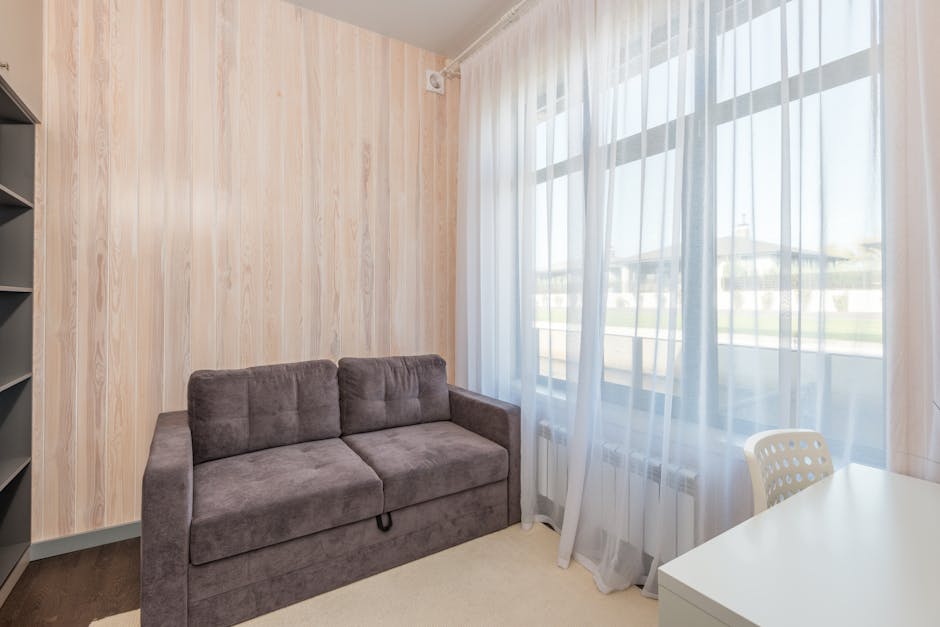Modern Minimalist Living: Practical Design Ideas for Homes That Prioritize Space and Clarity
In a world saturated with information and possessions, the allure of modern minimalist living is stronger than ever. It’s more than just a design trend; it’s a conscious choice to declutter your life, both physically and mentally, by prioritizing space, clarity, and intention. This article explores practical design ideas to transform your home into a minimalist haven.
Embracing the Minimalist Philosophy
What is Modern Minimalist Living?
Modern minimalist living focuses on simplicity, functionality, and the beauty of negative space. It’s about consciously curating your belongings, choosing quality over quantity, and creating a calm and uncluttered environment. It encourages a more mindful approach to possessions and a focus on experiences rather than material accumulation.
Benefits of a Minimalist Home
- Reduced stress and anxiety: A clutter-free environment promotes a sense of calm.
- Increased productivity: A clear space leads to a clear mind, boosting focus and efficiency.
- More time and energy: Less time spent cleaning and organizing means more time for what matters.
- Enhanced aesthetics: Minimalist design highlights architectural features and creates a visually appealing space.
- Financial freedom: Conscious consumption reduces unnecessary spending.
Practical Design Ideas for a Minimalist Home
Decluttering and Organization
The foundation of minimalist living is decluttering. Start by systematically going through each room and identifying items you no longer need, use, or love. Consider donating, selling, or responsibly disposing of unwanted items.
Creating Functional Spaces
Multi-Purpose Furniture
Invest in furniture that serves multiple functions, such as:
- Sofa beds for guest rooms or small apartments.
- Storage ottomans for blankets and pillows.
- Coffee tables with built-in drawers for remote controls and magazines.
Hidden Storage Solutions
Minimize visual clutter by incorporating hidden storage:
- Under-bed storage containers for seasonal clothing or extra linens.
- Built-in shelves and cabinets to conceal appliances and everyday items.
- Wall-mounted organizers for small spaces like bathrooms and entryways.
Color Palette and Materials
Neutral Color Schemes
Embrace a neutral color palette with shades of white, gray, beige, and soft pastels. These colors create a sense of spaciousness and tranquility. Accent with natural textures like wood, linen, and wool for warmth and visual interest.
Natural Light and Ventilation
Maximize natural light by keeping windows clear and using sheer curtains or blinds. Proper ventilation is also crucial for creating a healthy and comfortable minimalist living space.
Minimalist Decor and Accessories
Less is More
Choose a few carefully selected decor items that add personality and visual interest without overwhelming the space. Think of quality art pieces, sculptural objects, or indoor plants.
Functional Accessories
Opt for accessories that serve a purpose, such as:
- Mirrors to reflect light and create the illusion of more space.
- Simple lighting fixtures that provide ample illumination.
- Minimalist rugs to define different areas within a room.
Embracing Digital Minimalism
Minimalism extends beyond physical possessions. Digital minimalism involves curating your digital life by decluttering your devices, unsubscribing from unnecessary emails, and reducing screen time. This can contribute to a greater sense of focus and well-being.
Conclusion
Modern minimalist living is a journey, not a destination. It’s about creating a home that supports your well-being and reflects your values. By implementing these practical design ideas, you can transform your space into a calm, uncluttered, and intentionally designed haven that promotes clarity, productivity, and peace of mind. Embrace the beauty of simplicity and discover the freedom that comes with minimalist living.














Post Comment